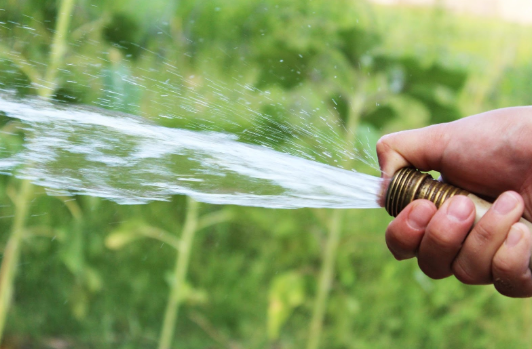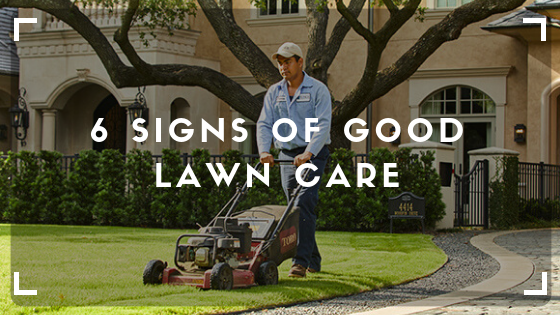Lawns are vulnerable to various kinds of damages due to environmental conditions and improper lawn care. The problems can become visible in small areas or cover large patches and even sometimes spread across the whole lawn. Poor growing conditions are sometimes the reason for lawn damage and extreme weather, or poor lawn care practices can also lead to problems. Pests and insect infestations also damage the grass, making the lawn look worn-out. Disease-causing fungi are always present in the soil, and it attacks whenever the conditions are conducive. It usually creates havoc when the turfgrass is under stress.
Causes of lawn damage
Excessively wet or dry weather cause enormous stress on the grass, and scorching climate or severe cold weather is very harmful too. Changes in environmental conditions can trigger lawn diseases, and it could also indicate soil problems. Although problems can affect any part of the lawn, slopes, shady areas, depressions, and areas of high traffic are most vulnerable.
Chances of disease increase due to improper mowing and watering habits. Lawn treatment services can address the issues and give new life to lawns, but you must follow the best practices in lawn maintenance to protect the grass from injury and stress.
Here is what you should do.
Avoid gasoline, fertilizer and pesticide spillage
While using lawn care power equipment and sprayers, you must be careful so that there is no spillage of gasoline, fertilizers, and pesticides on the grass that would turn yellow or brown in no time. Use a ‘no-spill’ container or funnel. Flood the area to reduce the concentration of the harmful elements, remove the liquid spills with an absorbent, and arrange for its careful disposal. Rake up the area to collect dry products that you can use later.
Foot traffic
Too much foot traffic tramples the grass and stunts normal growth. Try to redirect the traffic, and if it is not possible, then install a walkway. Arrange for aeration to avoid soil compaction and take the initiative to reseed.
Maintain proper grass height
Every variety of grass requires growing to a minimum height, and you must ensure to maintain the height when mowing by avoiding to mow too close. Adjust the mower blade to achieve the desired height by fixing high spots on the lawn.
The sharpness of the mower blade
Never mow with a blunt blade that produces a ragged cut and leads to lawn discoloration. To prevent ongoing damage, sharpen the mower blade periodically as instructed by the manufacturer.
Maintain water balance
Less watering of lawn can make the grass look like straw, and walking on it leaves footprints on the grass. Water periodically but avoid too much watering. Mornings are the best time for watering as it allows evaporation from the grass blades.
Optimal fertilizer use
Use fertilizer of the required amount but avoid using too much that cause excessive growth. Too little fertilizer will deprive the grass of proper nutrition and make it vulnerable to disease.
Be careful in using pesticides because any excess will have an adverse effect and kill the grass.








